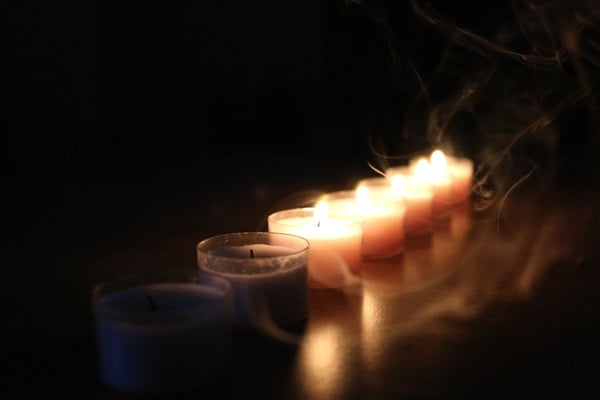"Tenebrae" is the Latin word meaning "darkness." The service of Tenebrae as practiced in most Protestant Churches is an adaptation of medieval Roman Catholic practices for each of the days of Holy Week dating back to the ninth century. For Protestants, this single service is typically held at night on Maundy Thursday or Good Friday.
For United Methodists and some other Protestants, the story of the suffering and death of Jesus from John’s gospel is divided into 16 readings. After each segment of the story is read, a candle is extinguished. After the fifteenth reading, which confirms that Jesus had died on the cross, the last of the 15 lit candles is extinguished or taken away, and a loud sound (called strepitus in Latin) is made to convey the sense of total loss of God’s presence and the effect of the death of Jesus on the universe. The final story of the burial is read in near darkness.
Worshipers leave in silence to ponder the impact of Christ's death and await the celebration of the coming Resurrection.
This content was produced by Ask The UMC, a ministry of United Methodist Communications.





